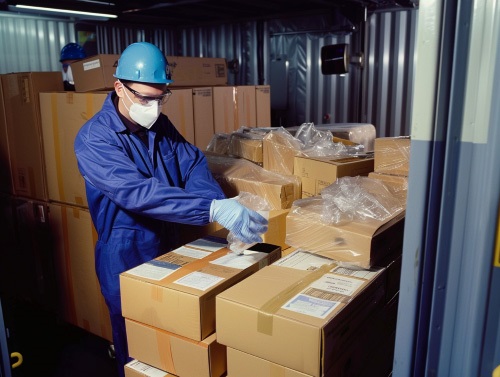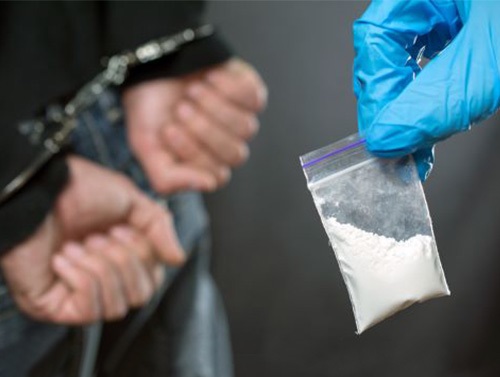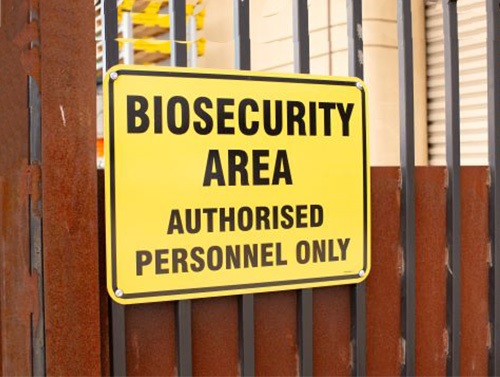Baggage CBRNE Security Inspection
Case Study: Baggage CBRNE Inspection
The security department of an international airport, during inbound baggage inspection, discovered potentially suspicious chemical, biological, radiological, or nuclear explosive (CBRNE) materials in a passenger's luggage. To eliminate potential threats, the security department took the following measures:
Chemical Detection: Chemical sensors and detection instruments were used to analyze the chemical substances in the luggage. These sensors can detect common chemicals and hazardous materials such as explosives, toxins, and flammables.
Biological Detection: Biological sensors and detection devices were used to analyze biological samples in the luggage. These devices can detect potential biological hazards such as bacteria, viruses, and toxins.
Radiation Detection: Radiation sensors and radiation detection instruments were used to monitor radiation levels in the luggage. These sensors can detect the radiation levels of radioactive materials, ensuring there is no nuclear radiation or other radiation sources in the luggage.
Nuclear Explosive Detection: Nuclear explosive sensors and explosive detection instruments were used to detect explosives in the luggage. These devices can detect potential explosive materials such as explosives and detonators.
Security Isolation and Elimination: If suspicious items or abnormal signals were found in the luggage, the security department immediately took security isolation measures and initiated further investigation and elimination work. Depending on the situation, they may conduct further inspections of the luggage to ensure the safety of the public and the airport.
Through baggage CBRNE inspection, the security department of the international airport was able to promptly identify and eliminate potential chemical, biological, radiological, or nuclear explosive materials, ensuring the safety of the airport and passengers.






























